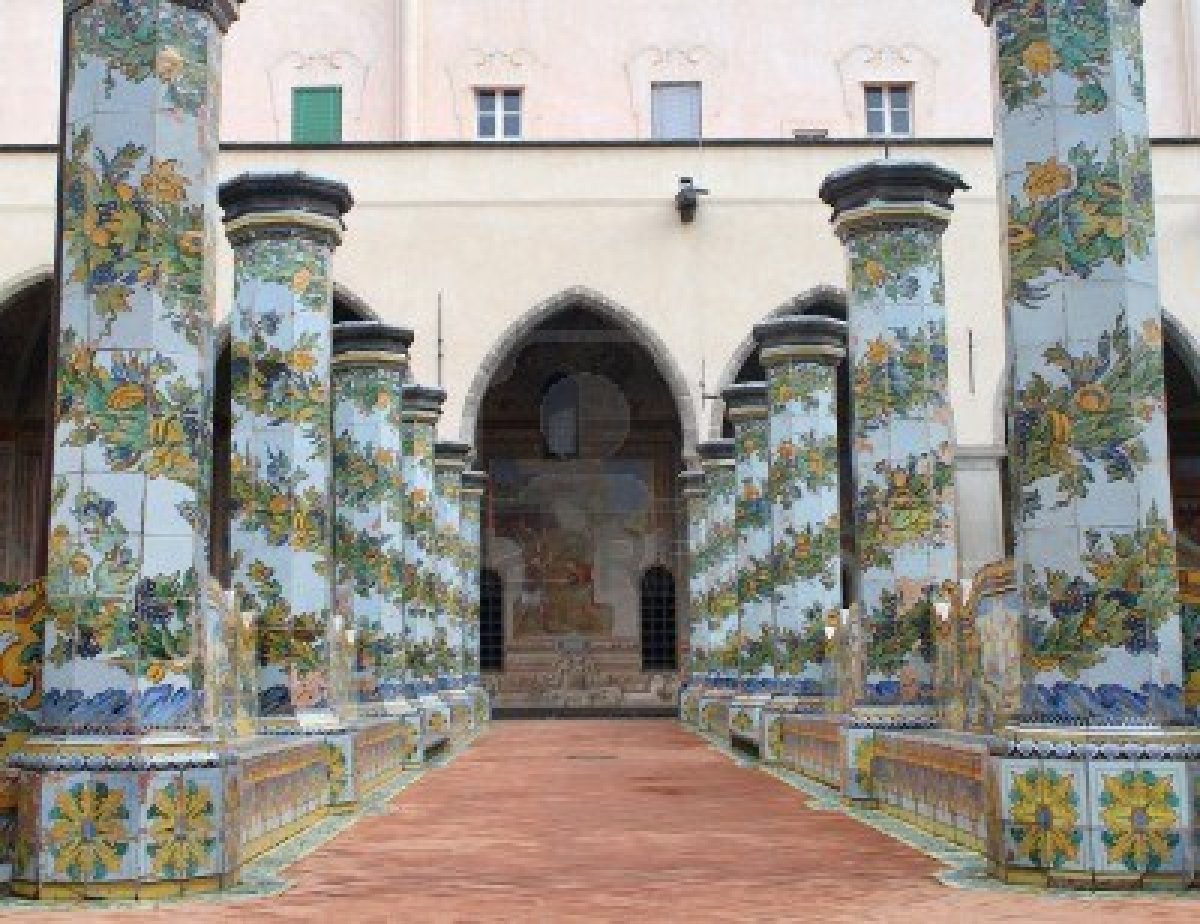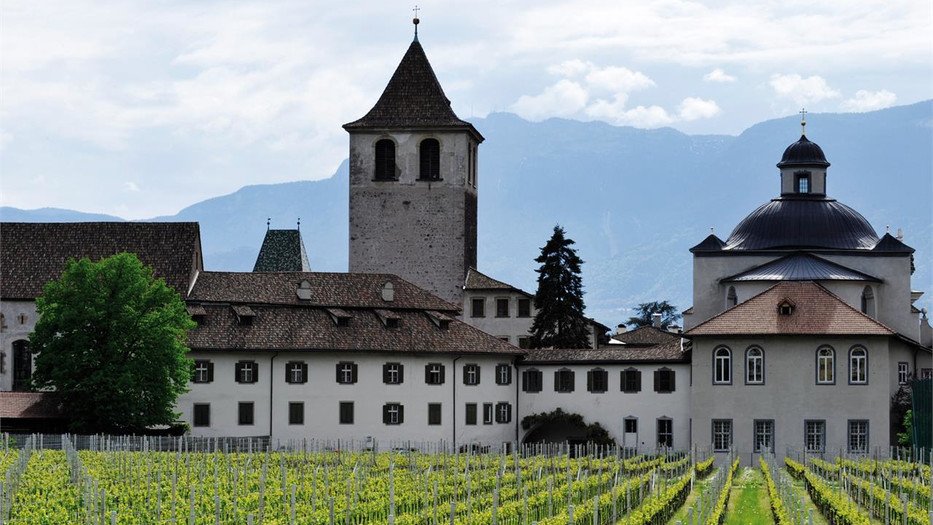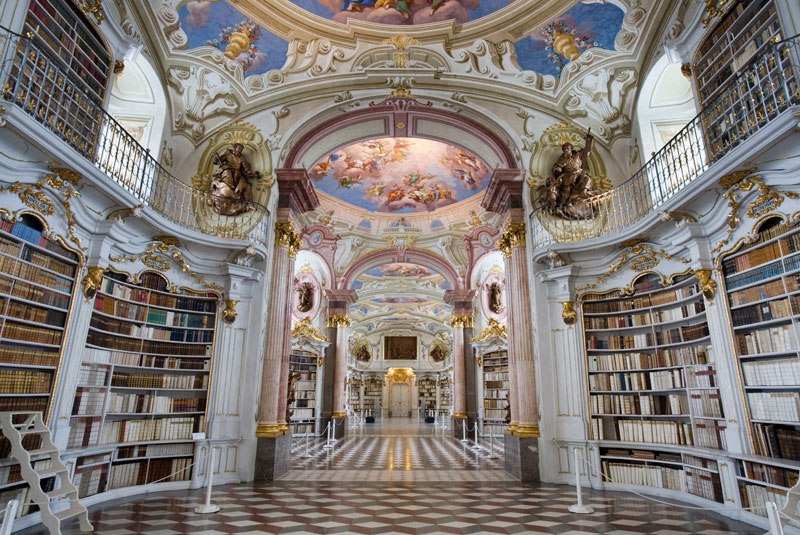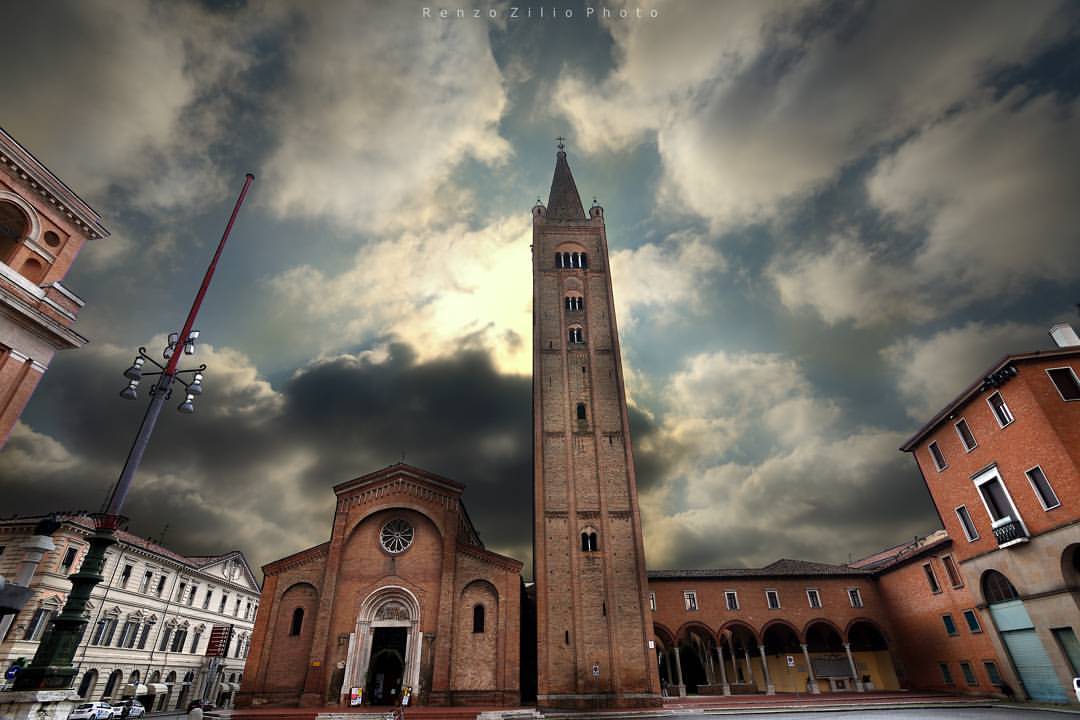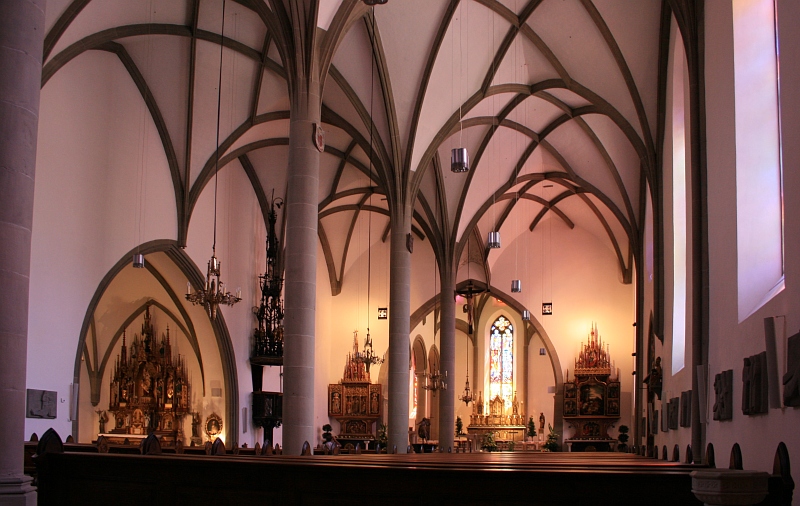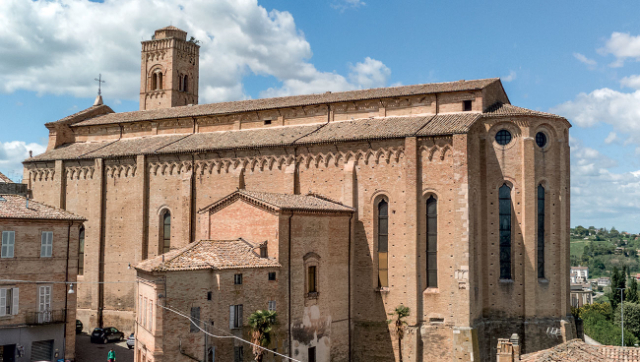The monastery’s Majolica Cloister has undergone several transformations over the centuries. The most important was carried out by D. A. Vaccaro, between 1742 and 1769, during the abbessorship of Sister Ippolita Carmignano. The 14th-century structure, consisting of 66 pointed arches resting on 66 piperno pillars, remained unchanged, while the garden was completely modified. Vaccaro created two avenues that, intersecting, divided the garden into four sectors. Flanking the avenues were 64 octagonal pillars covered with majolica tiles with plant scenes. The majolica decorations are due to artisans Donato and Giuseppe Massa, who harmonized the cloister’s polychromy with all the surrounding architectural and natural elements. The majolica pillars are connected by seats on which, using the same technique, scenes from daily life of the time are depicted. The walls of the four sides of the cloister are entirely covered with 17th-century frescoes depicting saints, allegories and scenes from the Old Testament.
